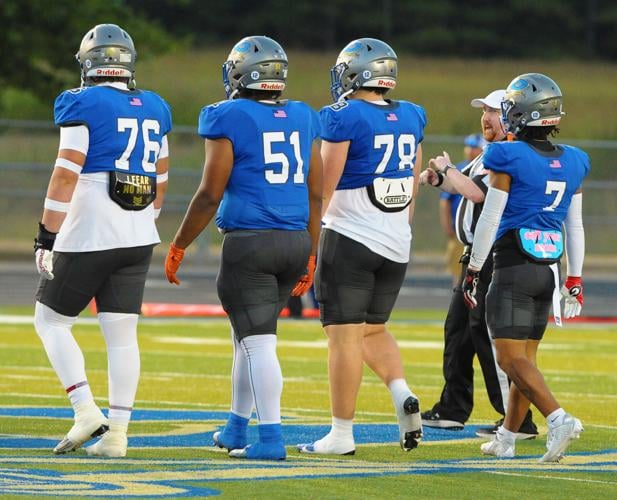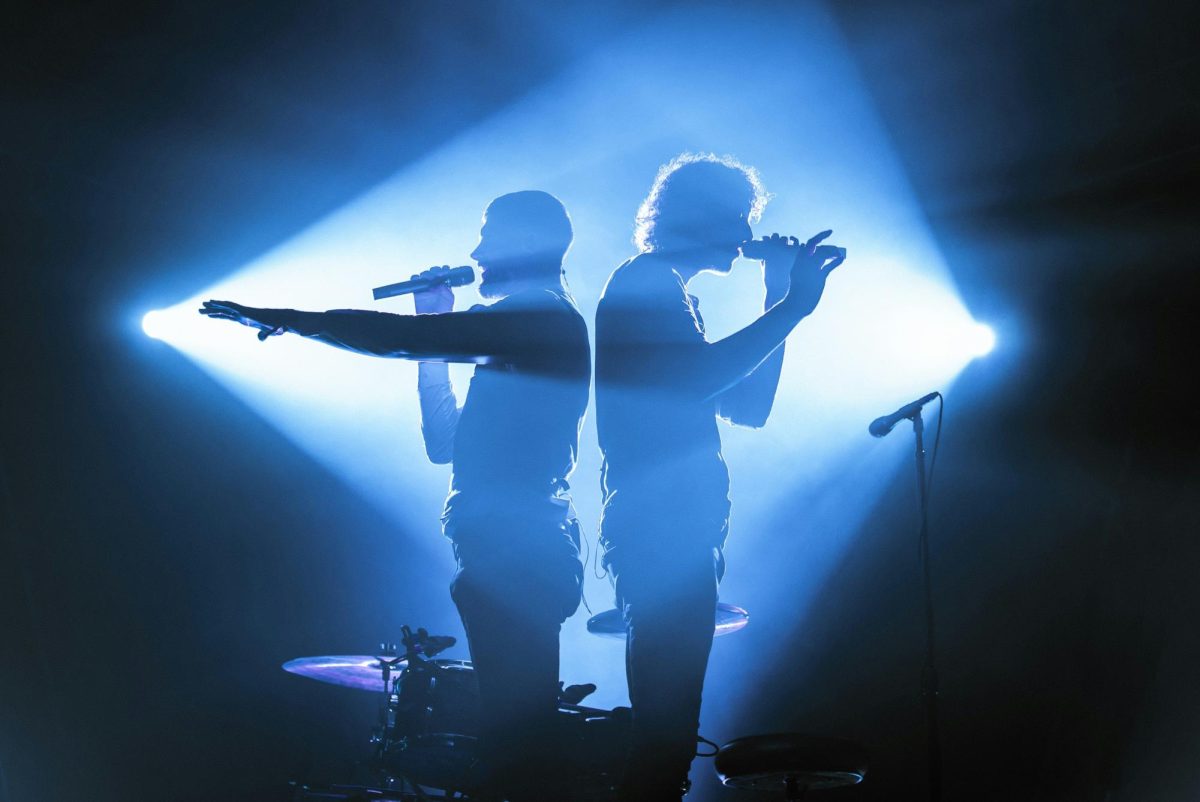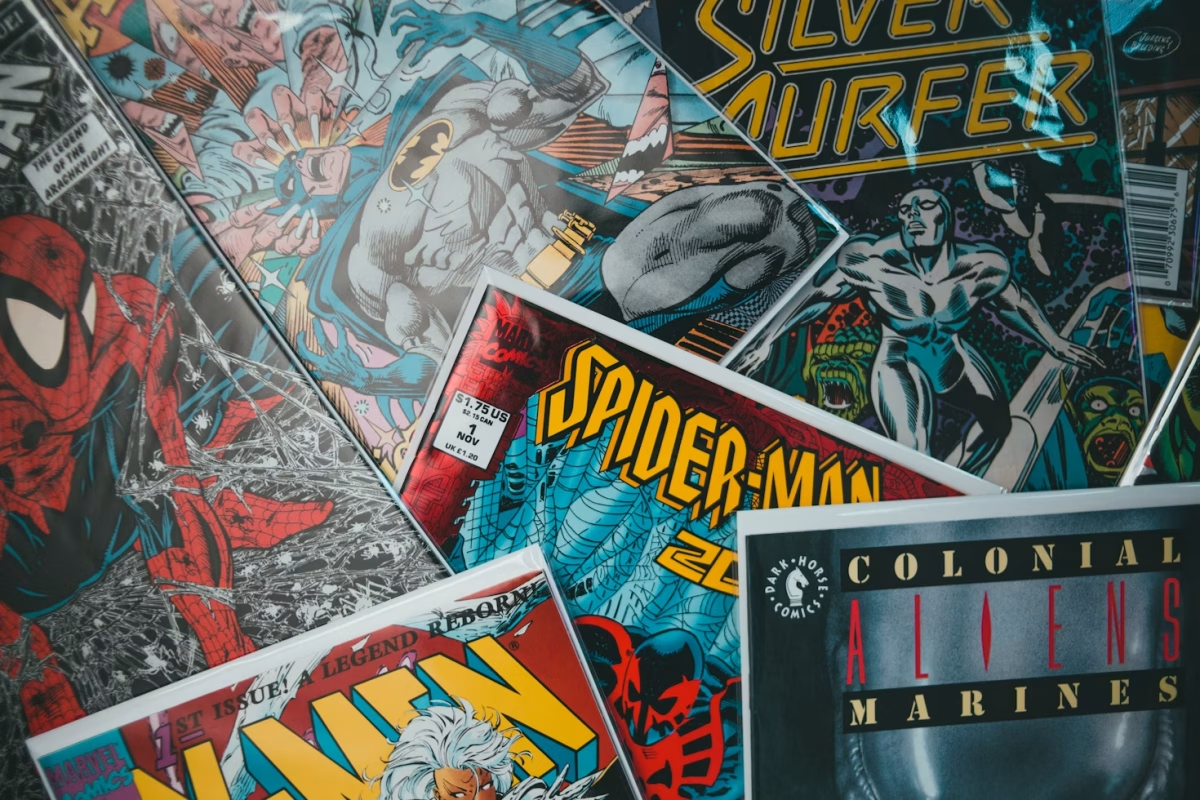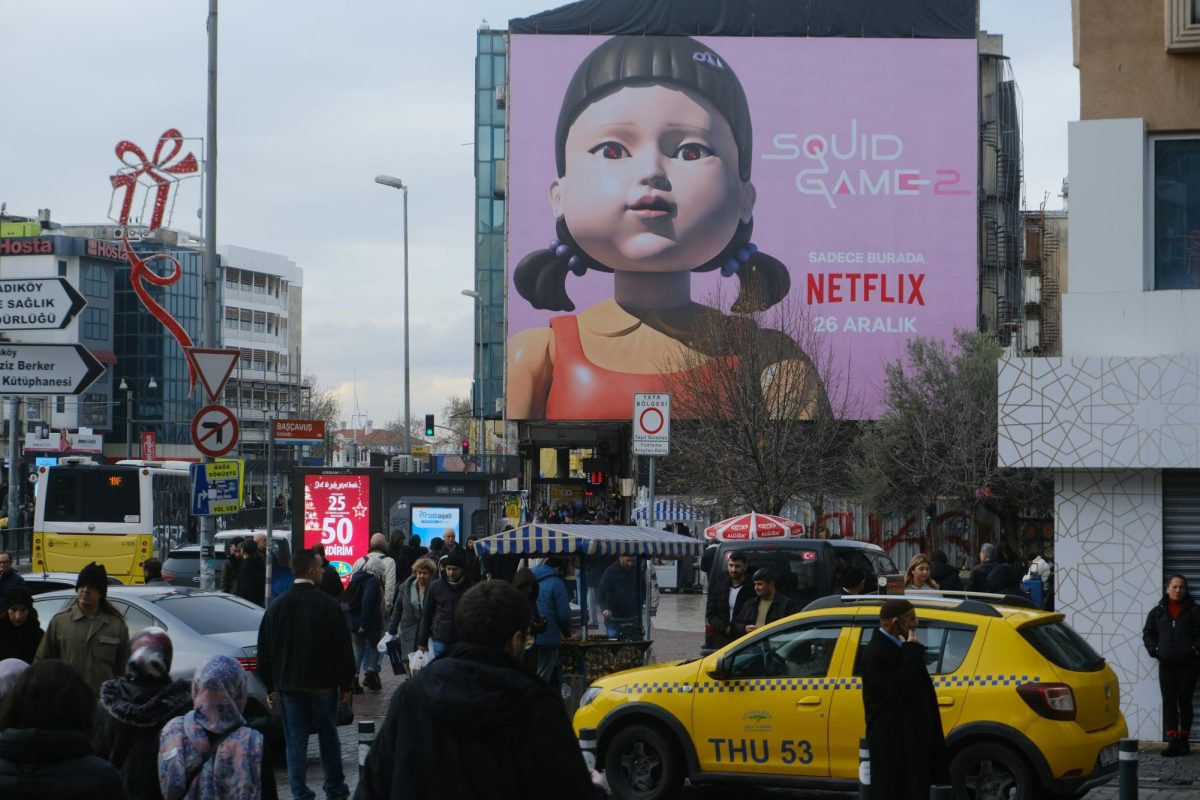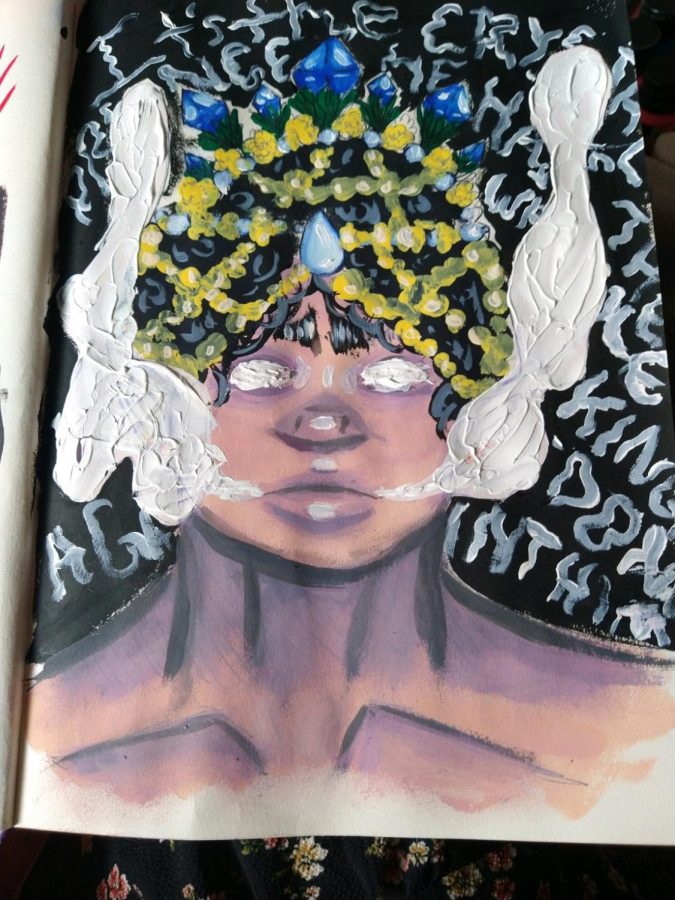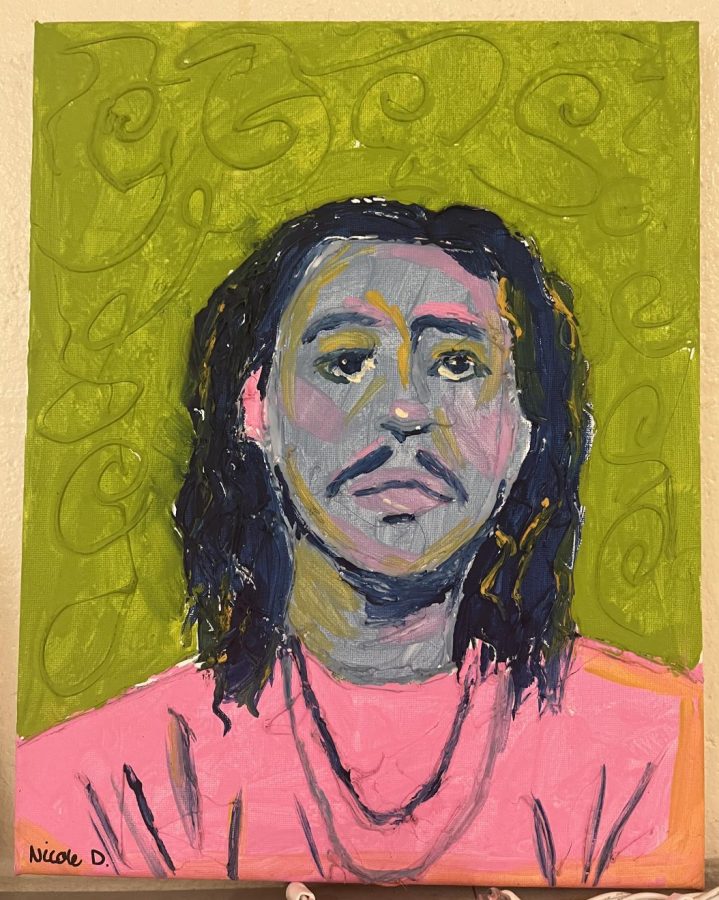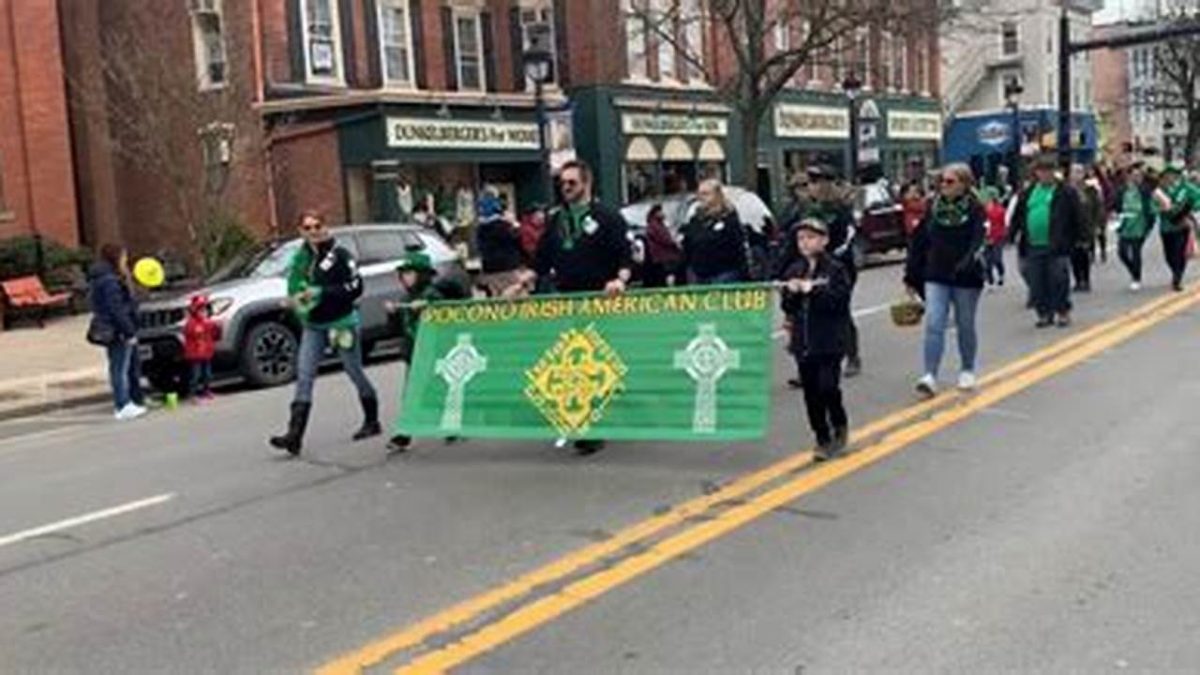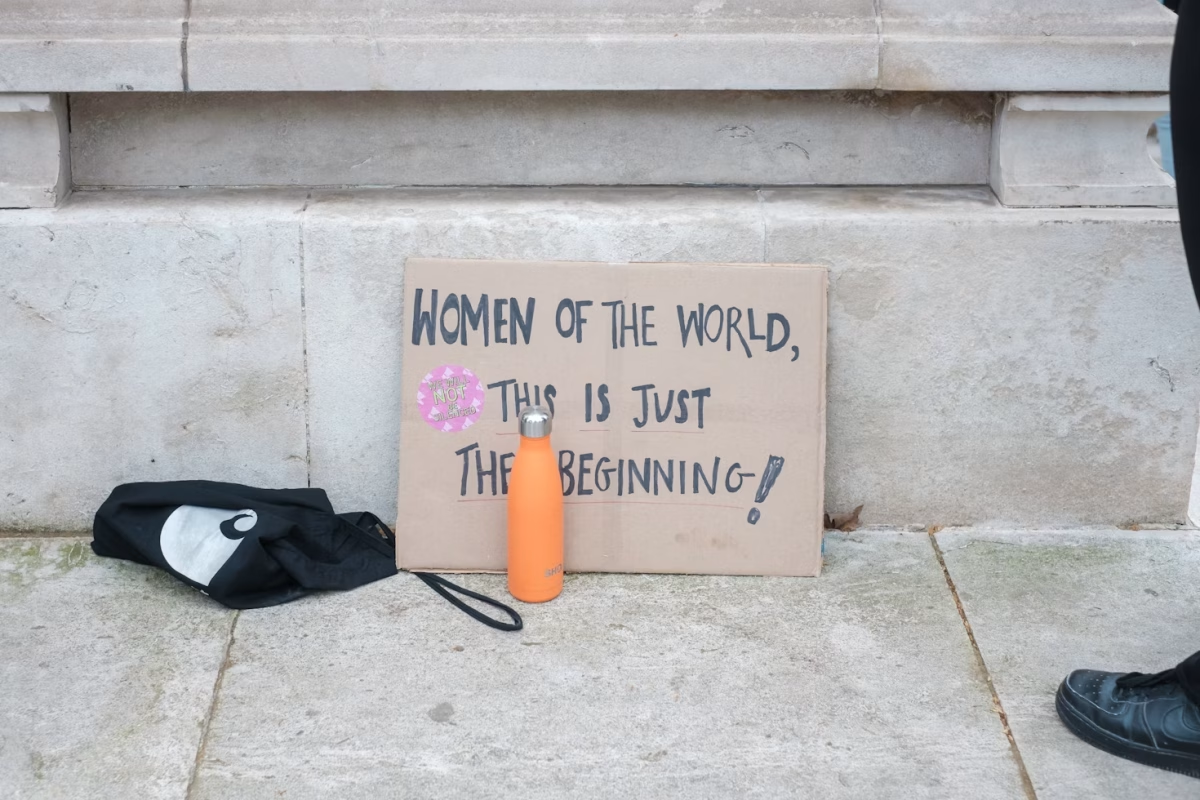To most, a tiny man on the hunt for gold at the end of a rainbow sounds like a crazy story told by young children. However, there is a whole holiday surrounding this so-called myth. St Patrick’s Day is a religious and cultural holiday celebrated on March seventeenth. Although it may be a silly holiday to most of the world, Ireland considers it a pretty important deal. However, that doesn’t mean other places on the globe don’t have their fun celebrating. Additionally, famous landmarks around the world have been lit up green since 2010.
Common traditions in Ireland include a three-day festival, Irish dancing, and wearing green. Ireland considers this day a national public holiday, meaning they shut down banks, government offices, and many businesses for the celebrations. Other people around the world have different traditions. While wearing green is still a common celebration, playing pranks, eating chocolate gold coins, and three-leaf shamrocks are also involved. The green clothing ritual comes from the myth that leprechauns will pinch anyone without them. On the other hand, Ireland specializes in the color considering it is a part of their nation’s flag.
The green, orange, and white on the flag of Ireland symbolizes Catholicism. This is where the religious side of the holiday comes in. The history of this side includes St. Patrick himself, who was reportedly kidnapped by Irish pirates. He was believed to be enslaved in Ireland, where he cared for animals and learned the Irish language. Once he escaped, he trained to be a priest. He then returned to Ireland, where he had a goal of converting the Irish to Christianity. He used the three-leaf shamrock to teach about the Holy Trinity. The original place of celebration for St Patrick’s Day is assumed to be the United States. It is said that it was started by Irish emigrants honoring their heritage. The celebration eventually spread to Ireland in 1903.
This holiday originated as a day of feasting. The United States’ most common St Patrick’s Day meal involves bacon and cabbage. Whereas Irish families invest in soda bread, Irish stew, and colcannon and coddle. St Patrick’s Day also started as a ‘dry holiday’, indicating that no alcohol was involved. This was because it was a religion-focused day. As time went on, rituals changed. Now, this day is often celebrated with drinking games. Then again, most of the liquor used is from Ireland.
Ireland wasn’t just the introduction of St Patrick’s Day. It also started the myths of leprechauns. A leprechaun is believed to be a shoemaker who hides his profits away in a pot at the end of a rainbow. The reason the leprechaun is associated with St Patrick’s Day is because almost everything Irish is grouped together. Though they have no connection to religious history, they still stand as a symbol for celebration, luck, and an embrace of heritage. Leprechauns started in Ireland as a mascot to remind people to appreciate what’s theirs and not try to compete with others. Leprechauns have become ingrained into society through its display in various forms of media such as the film “Leprechaun” representing the leprechaun as a creature with horrible intentions. On the upside, Lucky Charms’ interpretation of the leprechaun has sparked a more positive outlook on them.
Overall, the celebration of St Patrick’s Day will vary depending on where someone lives. It could be participating in a large festival or wearing a green T-shirt. It is important to value the history of this holiday, both traditional and religious. Many people find this precious day as a way to express their Irish history. It is great to acknowledge this day to celebrate Irish heritage.







